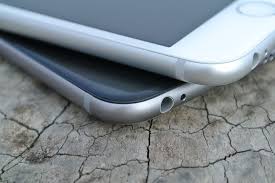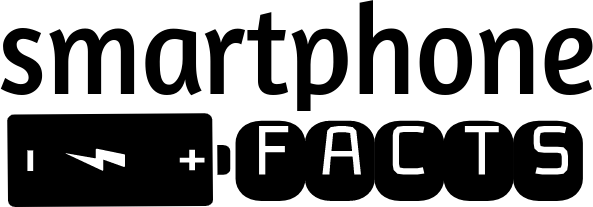
Smartphones have become an inseparable part of our lives and as the whole world is going into the new phase of technological performance, our needs have become more advanced. On the one hand, we need speed and quality, and we need effectiveness on the other hand. The smartphone is the obvious smart solution, small enough to be carried in a pocket.
But, what if your gadget is dying out of battery and there is no outlet nearby? And what if you can borrow some battery from your friend? Sometimes we just need 5 to 10% battery to make an urgent call or send an important message. Have you ever wondered how amazing it would be if your friend’s phone Wi-Fi hotspot could transfer the battery power like it transfers data to your device? We all know that our phones can be charged by plugging in a charger into an outlet. But, technology has given us another reason to be astounded as it has come up with a whole new idea of charging a handset from another handset. There are two ways we can do that – wireless or through a cable.
Wireless charging
Wireless charging is the transfer of power from one device to another without using a connecting cable. For wireless transfer, your device must have a power transmitting pad and a receiver. It is based on inductive charging, wherein the power is created by passing an electrical current through two coils to create an electromagnetic field.
- Qi is one such standard developed by the Wireless Power Consortium (WPC) for inductive charging over distances of up to 40mm. Qi wireless charging has been adopted by many of the major smartphone manufacturers: Apple, Samsung, HTC, Huawei, Nokia, Sony, LG, Motorola, and Blackberry.
- PowerShares is the latest invention that allows mobile and wearable devices to wirelessly charge other mobile and wearable devices on the go, even when those devices are being held or worn. PowerShares is made of ferrite plate, coils and copper tape which can be embedded in a smartwatch or smartphone. The one and only drawback of PowerShake is that twice as much energy needs to be transmitted as is received.
Charging through cable
Phones can also be charged by transferring battery from one phone to another using a special dual-sided charging cable. The Juicer is one such cable that allows you to transfer battery power from one handset to another. It’s the world’s smallest, thinnest, and lightest phone-to-phone charger. This is the most convenient way of charging your phone when there isn’t an outlet around. You can also share the power from your own tablet.

Leave a Reply